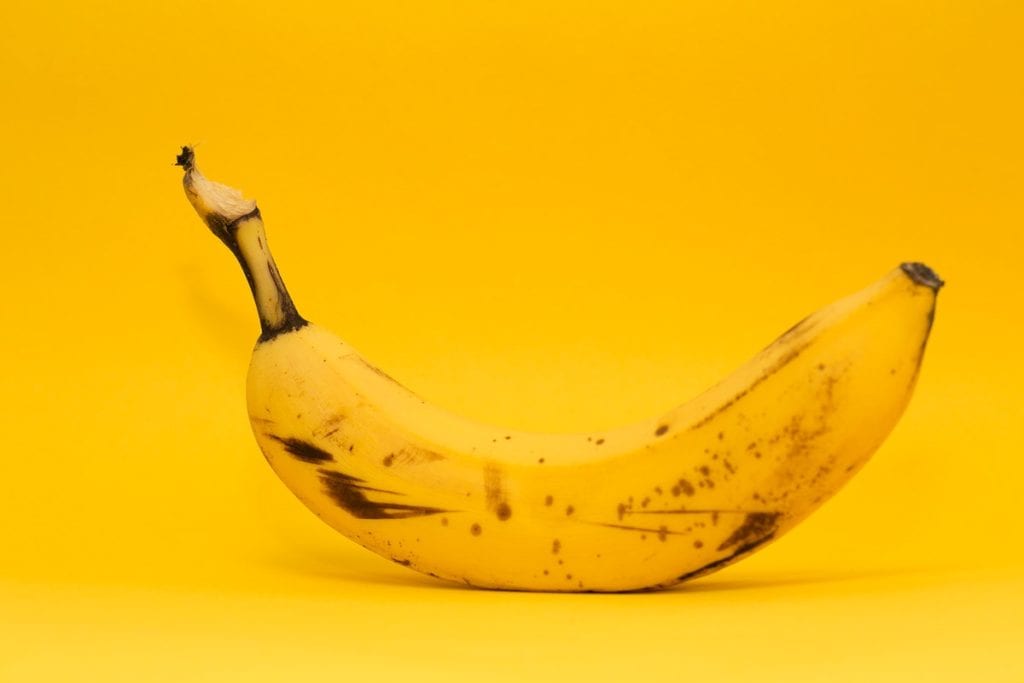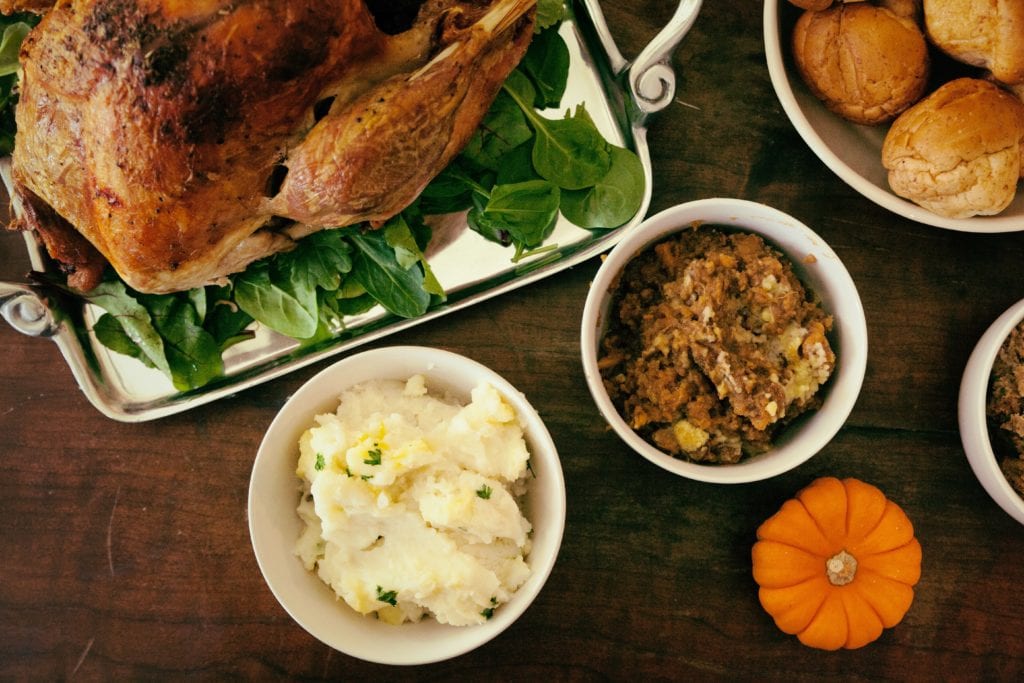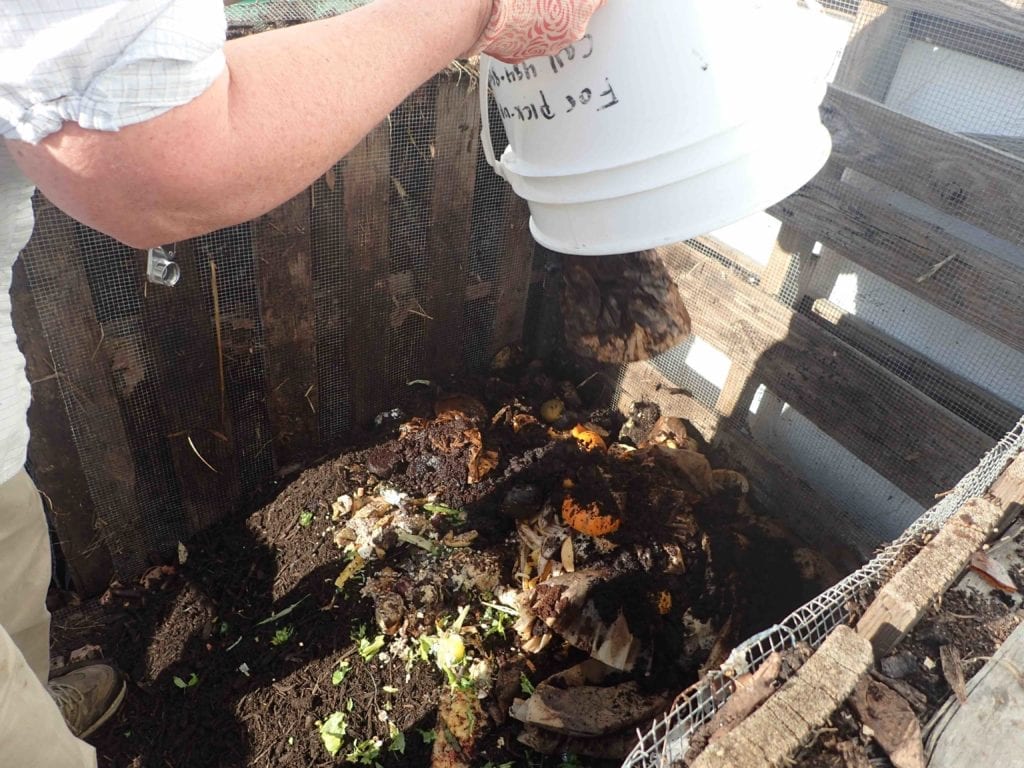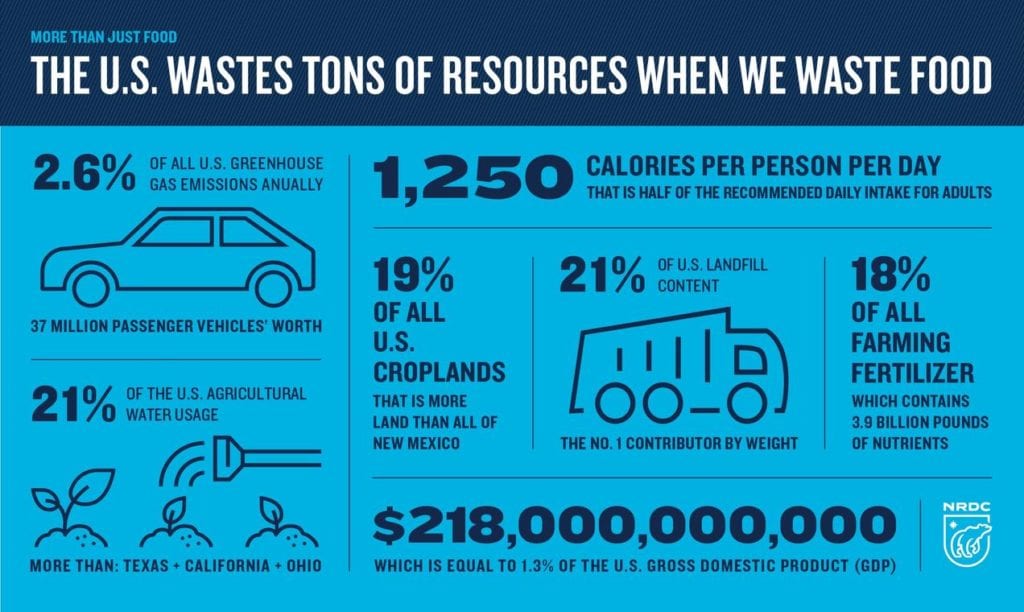This time of year many will be reflecting on what they are thankful for while enjoying bountiful Thanksgiving meals. In my house, the meal itself is only slightly more anticipated than the leftovers. Perhaps it is some extra thought of gratitude for the seeds, water, sun, and work of farmers it takes to grow and prepare our food that heightens the appeal of day-old turkey and stuffing – we don’t want to see any of it go to waste. However, this same care isn’t always present through the rest of the year or through all parts of the food system. Large amounts of food are discarded, unused, at farms, grocery stores, and households – an estimated 30-40% of all the food grown in the U.S. Wasted food makes up more of the trash that piles up in our landfills than any other single material, where it contributes to methane emissions rather than providing nourishment, a poor thanks for the time, energy, and resources that go into creating it.

An estimated 30-40% of all food grown is wasted in the U.S. Buying food with physical imperfections can help prevent waste at the grocery store or farm.
You can address food waste in how you purchase, use, and store food. Buying from small local food producers is one strategy, as the shorter supply chain reduces the opportunity for waste. Another is being sure to plan for what you will need before you go to the grocery store. This helps to ensure that you don’t end up with a head of broccoli or bag of sweet potatoes at the back of a shelf that you forget to use. Your purchasing decisions can even reduce the amount of food that stores end up throwing away if you choose to buy produce with physical imperfections, which is still safe to eat but often gets left behind. The Food and Drug Administration also provides many tips for preventing food from going to waste once it’s in your home. The average U.S. family throws away $1400 worth of food per year, so these tips can also help you make more efficient use of your food budget. One interesting suggestion is to designate a section of your refrigerator for items that will go bad soon. Use-by and expiration dates can help keep track of what needs to be used next, but can also be confusing because there are no uniform standards for date labeling on food. Finally, if you have more of something than you will be able to use, sharing food with neighbors or donating to a local food pantry can prevent it from going to waste. You can find nearby food pantries in the Lehigh Valley here: https://shfblv.org/find-a-food-pantry/. Organizations that accept food donations typically experience a spike in food coming in near the holidays, but need to serve community members year round, so consider making donation a regular part of your routine or donating at multiple times of the year.
Regardless of our best efforts, we are likely to be left with some amount of food waste, or at least discarded parts of the food we do use (fruit and vegetable skin, seeds, rinds, etc.). Composting this waste rather than throwing it in the garbage reduces its contribution to landfills and to greenhouse gas emissions. Check out our previous blog article on starting your own compost pile or consider participating in Easton’s compost program. In addition to reducing methane, composting has the added benefit of turning your food scraps into something else useful – nutrient rich soil that can help grow more food!
According to Project Drawdown, which researches strategies for scaling up existing climate solutions, reducing food waste by 50-75% globally by 2050 could prevent 87.45–94.56 gigatons of CO2 equivalent from being released into the atmosphere (1 gigaton = 1 billion tons). This is because we would no longer be wasting the energy, fertilizers, hours of labor, and other inputs that currently create greenhouse gas emissions to grow food that is never eaten. In addition, with less waste less deforestation will occur to create additional farmland, preserving trees that absorb carbon dioxide as they perform photosynthesis.
Another issue that will benefit from reducing food waste is meeting future food demand. Feeding America reports that 50 million people may struggle with hunger in 2020 in the U.S. alone, despite the fact that billions of pounds of food is being thrown away. Globally, about a quarter of the population, or 2 billion people, experience food insecurity. As the population continues to grow, if we are to feed more people without drastically increasing the acreage of forest or other natural spaces converted to farmland, reducing food waste could be an important strategy. Identifying major sources of food waste can also give rise to creative ideas that “rescue” food destined to be thrown out and connect it directly to people in need of food. The Lehigh Valley Food Policy Council has a Food Recovery & Respect working group that does this type of work. Every Monday they pickup unsold food from the Easton Public Market to distribute to local food pantries.
 Your Thanksgiving plans this year may differ from most years – if you’re already reconsidering what you’ll need to buy for your holiday meal based on having fewer guests, perhaps also consider if you can buy more local items or compost any scraps resulting from cooking. It’s pretty incredible to be able to sit down to a Thanksgiving meal, which depends on our connections to the environment – plants’ ability to convert energy from the sun, nearby sources of freshwater, microorganisms and nutrients in the soil, favorable weather and climate conditions – and our connections to other people – farmers who grow the food, people who transport and sell the food, and family members or friends who prepare the food. There is a lot about a full plate to be grateful for, and we can show that gratitude for all that goes into every piece of food by wasting as little as possible.
Your Thanksgiving plans this year may differ from most years – if you’re already reconsidering what you’ll need to buy for your holiday meal based on having fewer guests, perhaps also consider if you can buy more local items or compost any scraps resulting from cooking. It’s pretty incredible to be able to sit down to a Thanksgiving meal, which depends on our connections to the environment – plants’ ability to convert energy from the sun, nearby sources of freshwater, microorganisms and nutrients in the soil, favorable weather and climate conditions – and our connections to other people – farmers who grow the food, people who transport and sell the food, and family members or friends who prepare the food. There is a lot about a full plate to be grateful for, and we can show that gratitude for all that goes into every piece of food by wasting as little as possible.


